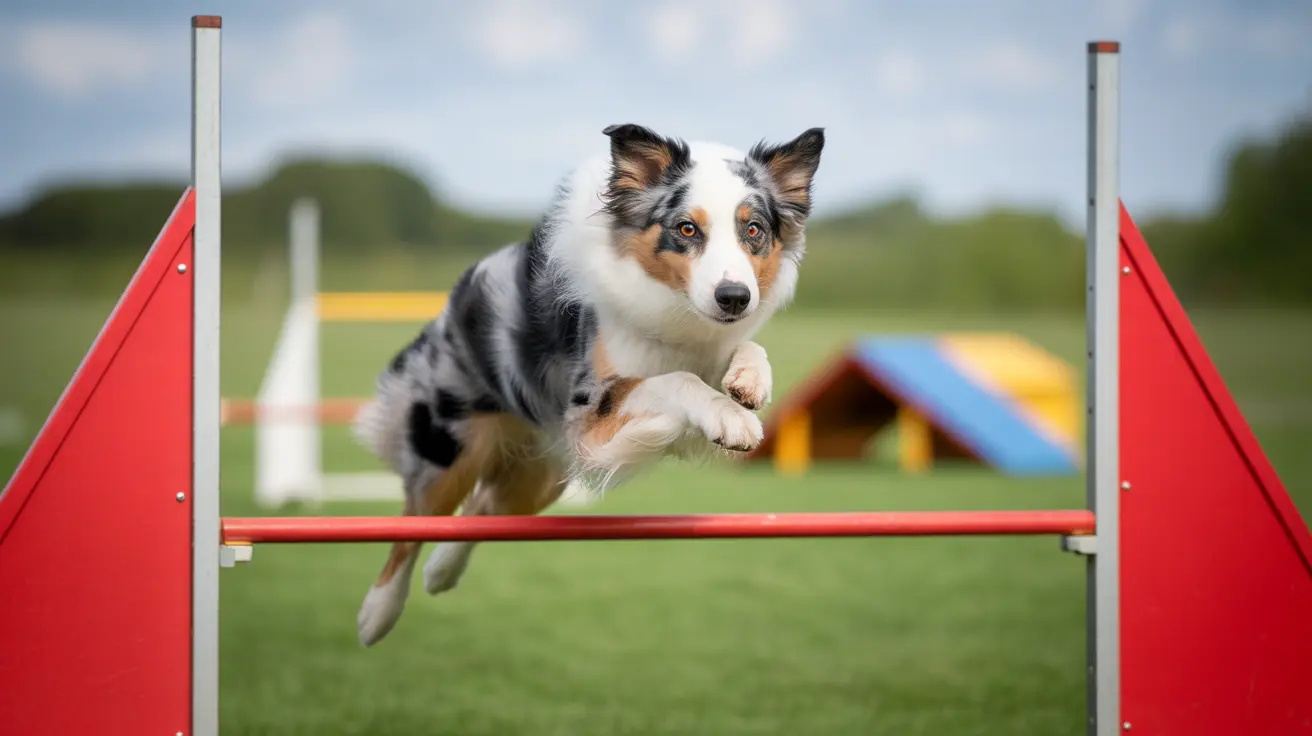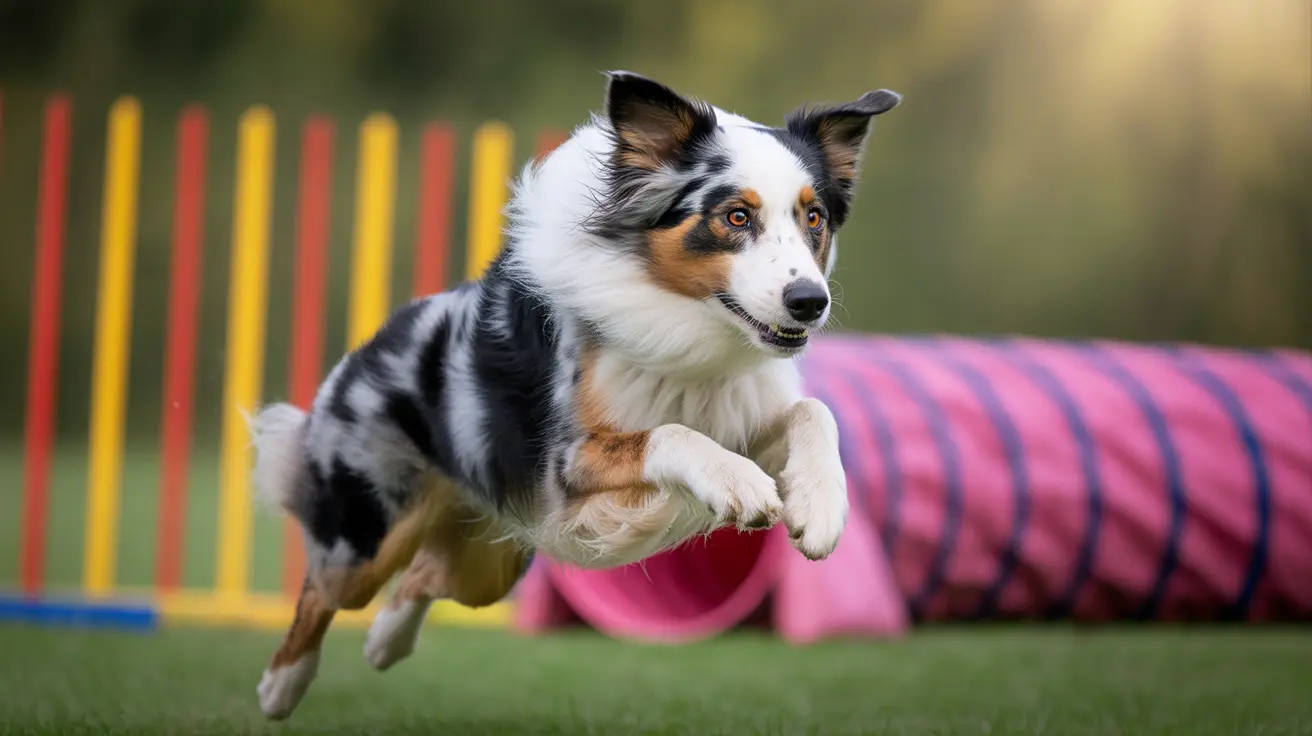Discovering the Bobtail: Another Name for the Old English Sheepdog
The Old English Sheepdog is a recognized and endearing breed, easily identified by its shaggy coat and affable nature. But many people may not know that this lovable canine also goes by another name—the Bobtail.
The Origin of the Bobtail Nickname
The Old English Sheepdog earned the nickname Bobtail because of the historical practice of docking its tail. This was not simply for aesthetics; rather, it had a functional and economic purpose. In the 18th and 19th centuries in England, working dogs were exempt from taxes if they had docked tails—a sign that they were employed in labor, herding livestock to market.
This unique identifier soon became intrinsic to the dog's identity, and 'Bobtail' gradually gained popularity as an informal name for the breed.
Breed History
Developed in England's West Country over 200 years ago, the Old English Sheepdog traces its lineage to early herding and drover's dogs. They were pivotal in guiding cattle and sheep over long distances, showcasing their stamina, intelligence, and reliability.
Appearance and Coat Characteristics
One of the breed’s most striking features is its double-layered shaggy coat. It includes a dense, soft undercoat and a longer, rough outer layer known as guard hairs. This coat is not only distinctive but also functional, offering strong weather resistance.
- Coat Colors: Shades of grey, grizzle, blue, or merle with white markings.
- Puppies’ Appearance: Born black and white, their colors evolve to gray or blue hues as they mature.
- Grooming Needs: High-maintenance coat requiring daily brushing and frequent grooming to avoid mats and skin issues.
Size and Physical Traits
The Bobtail is a large, muscular dog known for its square build and distinct bear-like gait.
- Males: Typically over 22 inches at the shoulder and weighing 60–100 pounds.
- Fur and Ears: Thick fur covers their eyes and ears, and the ears lie flat against the skull.
- Bark: Deep and loud, effective as a warning or herding tool.
Temperament and Behavior
Old English Sheepdogs are known for their affectionate, loyal, and playful personalities. Their strong herding instincts may lead to them gently herding children or pets.
- Family Friendly: Great with older children.
- Socialization: Important from a young age.
- Training: Works best with positive reinforcement and patience.
They thrive in active households and require significant mental and physical engagement each day.
Exercise and Activity Needs
This breed is energetic and intelligent, needing 1–2 hours of exercise daily. Without adequate stimulation, they may develop destructive behaviors.
- Recommended Activities: Agility, obedience, scent work, play sessions.
- Best Environment: Large homes with fenced yards; not suited for apartments.
Adaptability to Weather
The Bobtail tolerates cold and wet weather due to its insulating coat but can overheat in high temperatures. Owners should watch for signs of heat stress and adjust activity accordingly.
Common Health Concerns
Like many purebreds, Bobtails are predisposed to specific health issues. Responsible breeding and veterinary care are crucial.
- Orthopedic Issues: Hip dysplasia, osteochondritis dissecans (OCD).
- Ocular Conditions: Cataracts, progressive retinal atrophy, retinal detachment.
- Hearing Disorders: Congenital deafness in one or both ears.
- Respiratory and Hormonal: Primary ciliary dyskinesia, hypothyroidism.
- Dermatological: Mange, allergies, atopic dermatitis.
- Others: Bloat, autoimmune disorders, heart disease, diabetes, liver shunts, lymphoma, bone cancer, bladder and kidney stones.
Average Lifespan: 10–12 years, with some living up to 14 years.
The Bobtail in Popular Culture
Old English Sheepdogs gained fame in the U.S. in the 19th and early 20th centuries. Often seen as both working animals and family status symbols, they eventually appeared in films, TV, and advertising campaigns—including the iconic Dulux paint mascot.
Living with a Bobtail
Potential owners should be prepared for substantial commitment in grooming, training, and companionship. These dogs bond closely with their families and dislike being left alone. Though playful and clown-like, they require structured routines and stimulating activities to prevent boredom.
Not hypoallergenic, they shed moderately and may drool. Their exuberant nature is better suited to households with older children and experienced dog owners.
In Summary
Whether you call them the Old English Sheepdog or the Bobtail, this breed’s affectionate spirit, intelligence, and unique appearance make it a beloved companion for the right family. Proper care, early socialization, and consistent engagement are essential for a happy, healthy life together.





